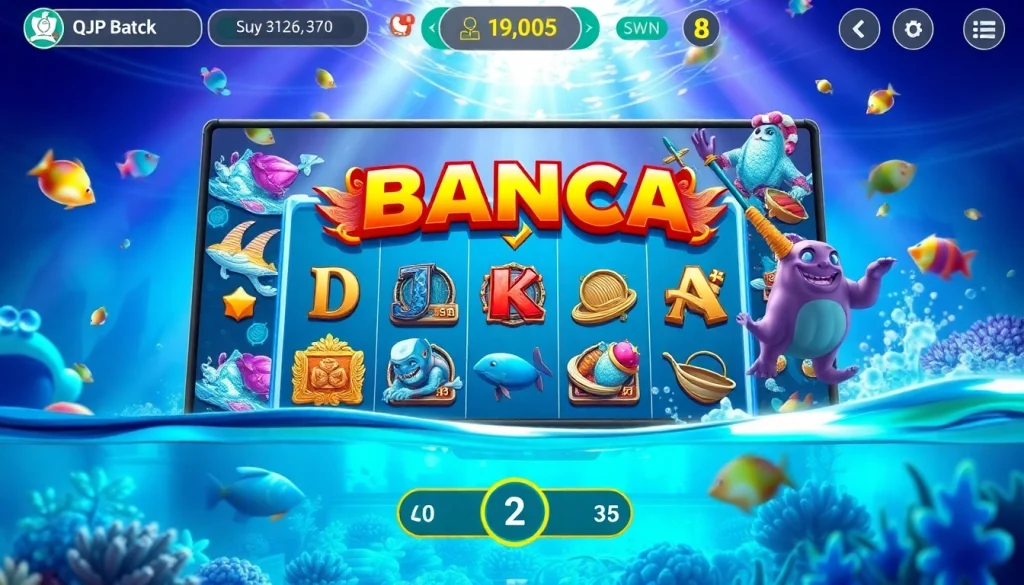
Understanding BANCA: What Is It?
Defining the Concept of Bancassurance
BANCA, known as Bancassurance, is a strategic partnership between banks and insurance companies to distribute insurance products through bank channels. By leveraging the bank’s existing customer base and infrastructure, this model allows for a seamless integration of financial services and insurance coverage. Customers benefit from the convenience of accessing insurance products while conducting their regular banking activities. Through BANCA, individuals can acquire various types of insurance policies that cater to their personal and financial needs, enhancing both security and peace of mind.
History and Evolution of BANCA Products
The concept of bancassurance originated in Europe in the 1980s and quickly spread across the globe, adapting to various markets and regulatory environments. Initially, it focused primarily on life insurance products, providing banks with a stable income source through commissions. Over the years, the offerings have expanded to include non-life products such as health, property, and casualty insurance, which have become increasingly popular among banking customers. This evolution reflects changing customer needs for comprehensive financial solutions that combine banking and insurance, illustrating a shift towards holistic financial planning.
The Role of Banks in Offering Insurance
Banks serve as vital intermediaries in the distribution of insurance products. They utilize their vast networks and customer relationships to offer tailored insurance policies that meet the specific requirements of their clientele. By integrating these offerings directly into their financial services, banks can enhance customer loyalty, increase revenues, and diversify their financial product range. This alignment not only benefits banks and insurance companies but also provides customers with an easy and accessible entry point into the insurance market.
Common Types of BANCA Insurance Products
Health Insurance Options in BANCA
Health insurance under the BANCA model is designed to alleviate the financial burden associated with unexpected medical expenses. Policies may cover hospitalization costs, outpatient treatments, prescription medications, and preventive healthcare. This proactive approach ensures that customers receive comprehensive care when needed, facilitating a healthier lifestyle. Many policies also add benefits for wellness programs, regular check-ups, and health assessments, which encourage policyholders to engage in preventive care actively.
Accidental Insurance Benefits Offered by BANCA
Accidental insurance is another critical component of BANCA, providing financial protection against unforeseen events resulting in injury or death. Such policies typically cover medical expenses arising from accidents as well as compensation for temporary or permanent disability. This type of insurance is essential for individuals engaged in high-risk occupations or activities, offering a safety net that enables them to mitigate potential financial losses stemming from accidents.
Critical Illness Coverage Under BANCA
Critical illness insurance is structured to safeguard individuals against significant health events, such as cancer, heart attacks, or strokes. This protection plays a crucial role in ensuring that policyholders can maintain their quality of life during severe health challenges. The insurance typically provides a lump sum payment upon diagnosis of a covered condition, allowing individuals to focus on recovery without the added stress of financial burdens. Such policies may also contain additional benefits like rehabilitation support or counseling services, further elevating their value.
Advantages and Disadvantages of BANCA
Highlighting the Benefits of Choosing BANCA
Choosing BANCA comes with several advantages. Primarily, it offers an integrated service model where customers can manage both their banking and insurance needs under one roof, resulting in enhanced convenience. Additionally, the collaborative nature of bancassurance often leads to competitive pricing on insurance products, making them more affordable. Furthermore, the streamlined claim processes through bank channels can lead to quicker resolutions, providing peace of mind for policyholders.
Understanding the Limitations of BANCA
Despite its many advantages, BANCA is not without its limitations. One significant concern is the potential for limited product offerings compared to traditional insurance channels, where dedicated insurers may offer a broader spectrum of policies. Additionally, there can be a lack of flexibility in adjusting insurance terms, leading to less tailored solutions for individual customer needs. As customers navigate these options, it’s crucial to weigh these limitations against the conveniences provided by the integrated service model.
It’s Important to Know: Myths vs. Facts
Common misconceptions surround the concept of bancassurance. Many individuals believe that BANCA primarily caters to high-net-worth clients or only offers life insurance. In truth, BANCA provides a diverse range of affordable products suitable for all demographics, including health and accident coverage. Understanding these misconceptions is vital for customers who may dismiss bancassurance without exploring the valuable offerings it can provide.
Comparing BANCA to Traditional Insurance
Key Differences in Coverage and Flexibility
When comparing BANCA to traditional insurance, one of the notable differences is the breadth of coverage provided. While traditional insurers may offer an extensive range of specialized products, BANCA often focuses on financial products that complement banking services. Flexibility can also vary; traditional insurers may allow for more personalized adjustments in policy features, while BANCA’s offerings may adhere to standardized packages.
Cost Implications: BANCA vs. Traditional Insurance
Cost-wise, customers may find that bancassurance can provide savings due to the integrated nature of services. Banks often have lower operating costs and can pass on those savings to clients. In contrast, traditional insurers may incur higher distribution costs due to commissions paid to agents, which may result in higher premiums for customers. However, it is essential for consumers to conduct a comparative analysis of benefits and costs to determine the best financial decision for their needs.
Customer Experience: Speed and Convenience
The customer experience in bancassurance is designed for efficiency, offering convenience through simplified processes. Clients can discuss their banking and insurance needs simultaneously, receiving solutions on all fronts in one visit. In contrast, traditional insurance requires separate interactions and more extensive paperwork, which can lead to delays in obtaining coverage. The speed of service and comprehensiveness of solutions in BANCA make it an attractive option for modern consumers.
Making an Informed Decision About BANCA
Assessing Your Financial Needs and Goals
Before opting for a BANCA product, individuals must assess their financial needs and life goals thoroughly. Understanding personal circumstances—such as income, family situations, and future plans—will guide in selecting the right coverage. Clear assessment can lead to better-suited products that align with one’s risk appetite and financial strategy, paving the way for sustainable financial health.
Choosing the Right BANCA Policy
Choosing the right BANCA policy involves considering multiple factors, including coverage limits, premium affordability, exclusions, and claim processes. Prospective policyholders should engage with bank representatives who are knowledgeable about the available products, ensuring they make informed decisions. Additionally, reviewing policy documents and understanding the terms will aid in clarifying expectations and avoiding surprises during claims.
Common Pitfalls to Avoid When Selecting BANCA
When selecting a BANCA product, several pitfalls must be avoided. One common mistake is failing to read the fine print; hidden exclusions or limitations can lead to dissatisfaction later. Additionally, consumers should avoid basing their decision solely on price; the cheapest policy may not offer sufficient coverage. Thorough research and a balanced approach to cost versus benefits are essential to securing the right insurance coverage.
In conclusion, BANCA presents a comprehensive, convenient alternative to traditional insurance, integrating financial and protection solutions in a single platform. By understanding the diversity of offerings and considering individual financial objectives, customers can effectively choose the right products tailored to their needs. Furthermore, staying informed about current promotions can enhance the value of these products, as seen in various KHUYẾN MÃI BANCA opportunities that further incentivize policy purchases in the evolving landscape of financial services.



